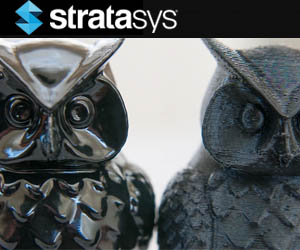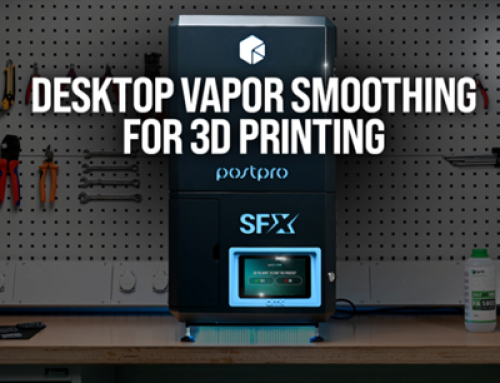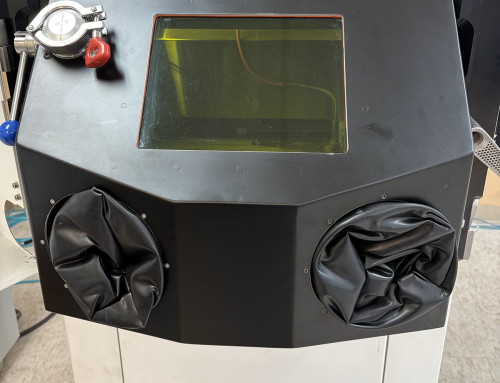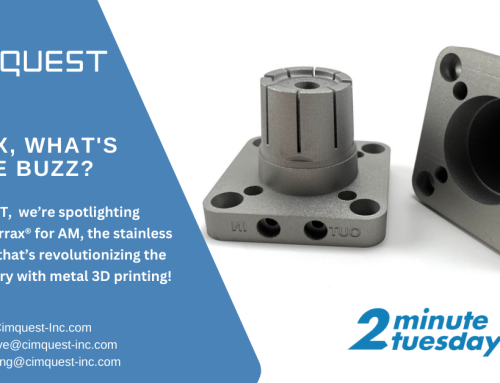
Vapor smoothing can be used to produce a polished, consistent finish on your 3D parts. In conventional injection molding for mass production, parts come directly off the mold with a mirrored or textured finish. No post processing is required and upon cooling, the part can be packaged and shipped to its destination. Molders achieve this complete finish using polishing techniques with brushes, felts, stones, and other tools.

With fused deposition modeling, heated thermoplastics are extruded layer-by-layer to form a 3D part.

Material can be extruded at incredibly thin layer thicknesses, ranging from 13 thousandths of an inch all the way to 5 thousandths.

However, FDM still produces visible layer lines that can affect the cosmetic appearance. And while ultra-thin layers produce a better appearance, the thinner the layer, the longer it takes to print.

Fortunately, vapor smoothing allows you to effectively smooth 3D printed parts directly after they come off the machine.

Through vapor smoothing, parts are dipped into a vapor tank containing a liquid that is brought to boiling point. The vapor rises and melts away the part surface, eliminating all layer lines. The process only takes a few seconds and your left with a smooth shiny part. Vapor smooth parts have an even surface finish and the method does not significantly affect part accuracy.

If you desire a matte finish, you can also employ bead blasting after the smoothing, a process which subdues the surface tension and further camouflages layer lines.

As you can see, vapor smoothing is solution that can help give your 3D printed parts a sharp finished look similar to that of traditional molding technologies.
For more information on our line of 3D printers, please click the button below.








Leave A Comment